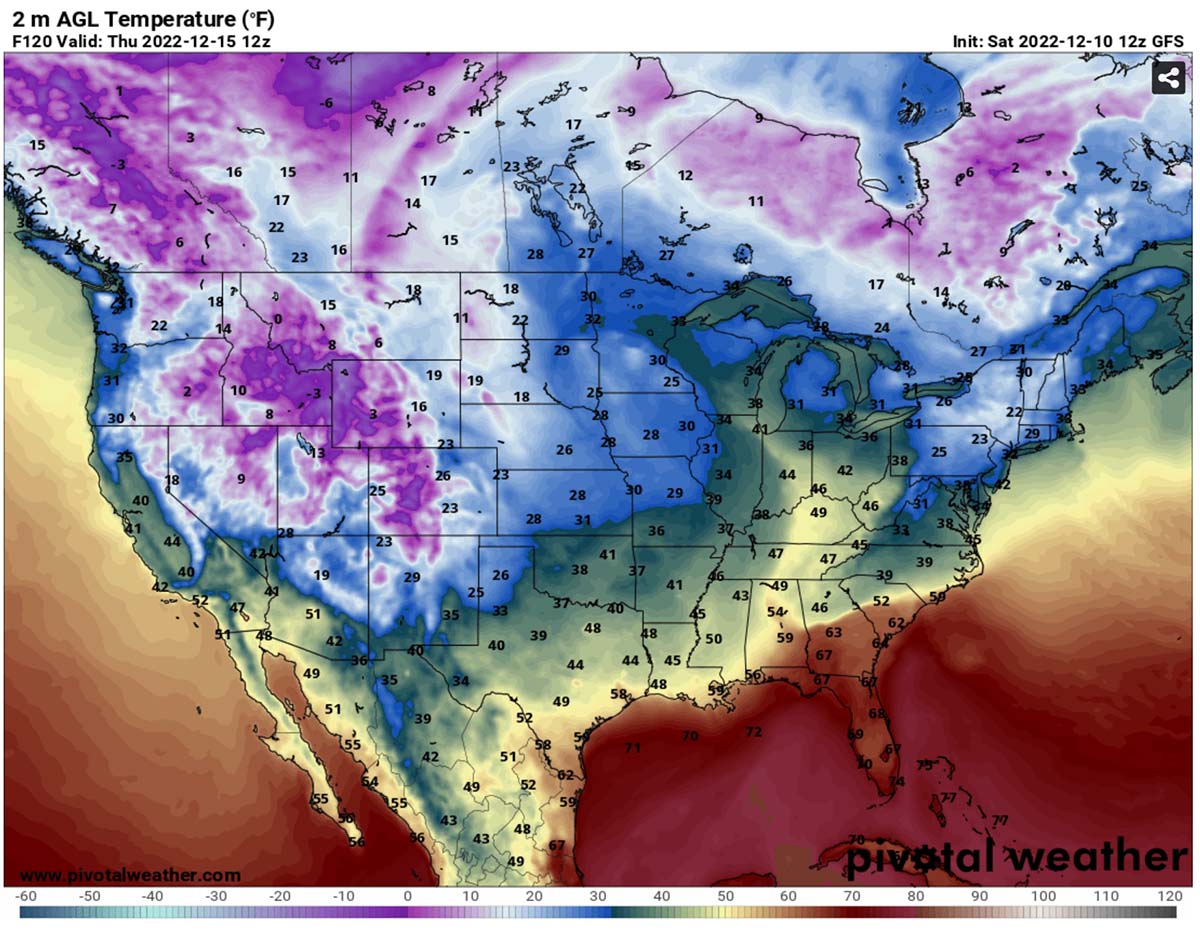The US-China Trade War: Beijing's Efforts To Mask Economic Damage

Table of Contents
Manipulating Economic Data and Statistics
Beijing's management of economic data during the US-China trade war has been a subject of intense scrutiny. The government's consistent reporting of robust GDP growth figures, despite mounting evidence to the contrary, fueled accusations of data manipulation and obfuscation of the true economic consequences of the trade war.
GDP Growth Figures
The reported GDP growth figures consistently painted a picture of continued economic expansion, even as indicators in key sectors pointed to significant slowdown.
- Emphasis on non-export sectors: Beijing strategically highlighted growth in domestic sectors like services and consumption to downplay the impact of the trade war on export-dependent industries. This tactic shifted the focus away from the struggling manufacturing sector, a primary target of US tariffs.
- Questionable methodologies and lack of transparency: Concerns were raised about the methodologies used to calculate GDP, with a lack of transparency hindering independent verification. This opaqueness made it difficult to assess the accuracy of the reported figures.
- Discrepancies with independent forecasts: Independent economic forecasts consistently showed lower growth rates than those officially reported by the Chinese government, raising serious questions about the reliability of official data.
- Suspected manipulation in specific sectors: Evidence suggested significant data manipulation, particularly within the manufacturing sector, a key component of China's economy and heavily impacted by the trade war. This included potential underreporting of factory closures and job losses.
Inflation and Unemployment Rates
The official reporting on inflation and unemployment rates also faced skepticism. The figures presented a more positive picture than independent analyses suggested, potentially minimizing the trade war's impact on Chinese consumers and workers.
- Selective demographic focus: The government's reporting focused on specific demographic groups to portray a more favorable economic situation, potentially obscuring higher unemployment or inflation rates amongst other populations.
- Limited access to data: Researchers and independent analysts faced significant challenges in accessing reliable data to verify the official statistics, further hindering independent assessments.
- Underemployment and disguised unemployment: Evidence suggested the existence of significant underemployment and disguised unemployment, where individuals are employed in low-productivity jobs despite possessing higher skills. This reality was likely not fully reflected in official unemployment figures.
- Contradictory consumer spending patterns: Analysis of consumer spending patterns revealed discrepancies with the officially reported inflation rates, suggesting that the actual cost of living may have increased significantly more than reported.
Government Intervention and Stimulus Packages
To counter the negative effects of the US-China trade war, the Chinese government implemented massive stimulus packages and government interventions. While these measures offered a degree of protection, they also obscured the underlying economic weaknesses and challenges.
Infrastructure Projects
A substantial surge in infrastructure investment, including high-speed rail expansion and the construction of new cities, contributed to reported GDP growth. However, this approach may have incurred unsustainable levels of debt.
- Long-term debt sustainability: The rapid expansion of infrastructure projects raised concerns about the long-term sustainability of the debt incurred. The economic returns on these projects might not justify the significant financial commitment.
- Uneven regional impact: While these projects boosted certain regional economies, the overall impact on the national economic health remains debatable, as the benefits were not evenly distributed.
- Less visible stimulus measures: The focus on large-scale infrastructure projects overshadowed potentially more impactful, yet less visible, stimulus measures implemented by the government.
Financial Sector Support
Government support for struggling businesses, particularly in export-oriented sectors, helped prevent widespread bankruptcies and business closures. This intervention, however, masked the true scale of the economic distress.
- Non-performing loans and bailouts: The government's intervention led to an increase in non-performing loans and government bailouts, potentially weakening the long-term health of the financial system.
- Impact on financial system health: The scale of government intervention raised concerns about moral hazard and the long-term health and stability of the Chinese financial system.
- Long-term consequences: The long-term consequences of these extensive government interventions remain to be seen, with potential risks to future economic stability and growth.
Censorship and Control of Information
Strict control over information flow within China played a significant role in shaping the public perception of the economic impact of the US-China trade war.
Suppression of Dissenting Voices
Economists, journalists, and analysts who challenged the official narrative faced censorship, harassment, and intimidation. This suppression of dissenting voices prevented a more comprehensive and accurate understanding of the economic realities.
- Silenced economists and journalists: Several prominent economists and journalists who voiced concerns about the economic situation were silenced or forced to leave the country.
- Impact on freedom of speech: The suppression of dissenting voices severely limited freedom of speech and the free exchange of information, hindering objective economic analysis.
- Social media censorship: Censorship on social media platforms played a critical role in shaping public perception, restricting access to alternative perspectives and critical analyses.
Controlled Narrative in State Media
State-controlled media consistently presented a positive image of the Chinese economy, downplaying or ignoring the negative effects of the trade war. This created a carefully constructed narrative that differed sharply from independent assessments.
- State media versus independent reporting: A comparison between state media coverage and independent reporting reveals significant discrepancies, highlighting the government's strategy to control the narrative.
- Effectiveness of propaganda: The government's propaganda efforts were largely effective in shaping public opinion within China, maintaining a sense of economic stability despite the underlying challenges.
- Long-term impact of narrative control: The long-term impact of this controlled narrative remains to be fully understood but undoubtedly influenced economic decision-making and investor confidence.
Conclusion
The US-China trade war had a substantial impact on the Chinese economy, although its true extent was masked by Beijing's deliberate actions. The government's efforts to manipulate data, implement massive stimulus packages, and control information reveal a complex strategy to manage the economic fallout and project an image of continued stability. Understanding these strategies is crucial for analyzing China's economic trajectory and its future relationship with the global economy. Further research is needed to fully understand the long-term consequences of these actions. For a deeper dive into the intricacies of the US-China trade war and its impact on China’s economy, continue exploring resources that offer independent analysis and data. Don't let the carefully crafted narrative obscure the true economic picture; delve deeper into the complexities of the US-China trade war.

Featured Posts
-
 The Fallout From The Justice Departments School Desegregation Order Rescission
May 02, 2025
The Fallout From The Justice Departments School Desegregation Order Rescission
May 02, 2025 -
 To Ypoyrgiko Symvoylio Enekrine Tin Ethniki Stratigiki P Syxikis Ygeias 2025 2028
May 02, 2025
To Ypoyrgiko Symvoylio Enekrine Tin Ethniki Stratigiki P Syxikis Ygeias 2025 2028
May 02, 2025 -
 Doubled In A Week Kendals Outpouring Of Support For Poppy Atkinson
May 02, 2025
Doubled In A Week Kendals Outpouring Of Support For Poppy Atkinson
May 02, 2025 -
 Celebrate International Harry Potter Day A Guide To Online Merchandise
May 02, 2025
Celebrate International Harry Potter Day A Guide To Online Merchandise
May 02, 2025 -
 Tulsa Facing Near Blizzard Conditions Nws Forecast
May 02, 2025
Tulsa Facing Near Blizzard Conditions Nws Forecast
May 02, 2025
